Madsen Light Machine Gun: A True Centennial Weapon
January 30th, 2024
9 minute read
Much has been made of the fact that the M1911 .45 pistol, arguably one of John Moses Browning’s true masterpieces, has remained in military service more than a century after it was introduced. Even in the era of polymer-framed handguns, there are still Special Forces operators who refuse to give up their .45s. Likewise, Browning’s M1919 .30 caliber machine gun is still in limited service with militaries around the world, and its big brother — the M2 .50 caliber — shows no signs of being retired.
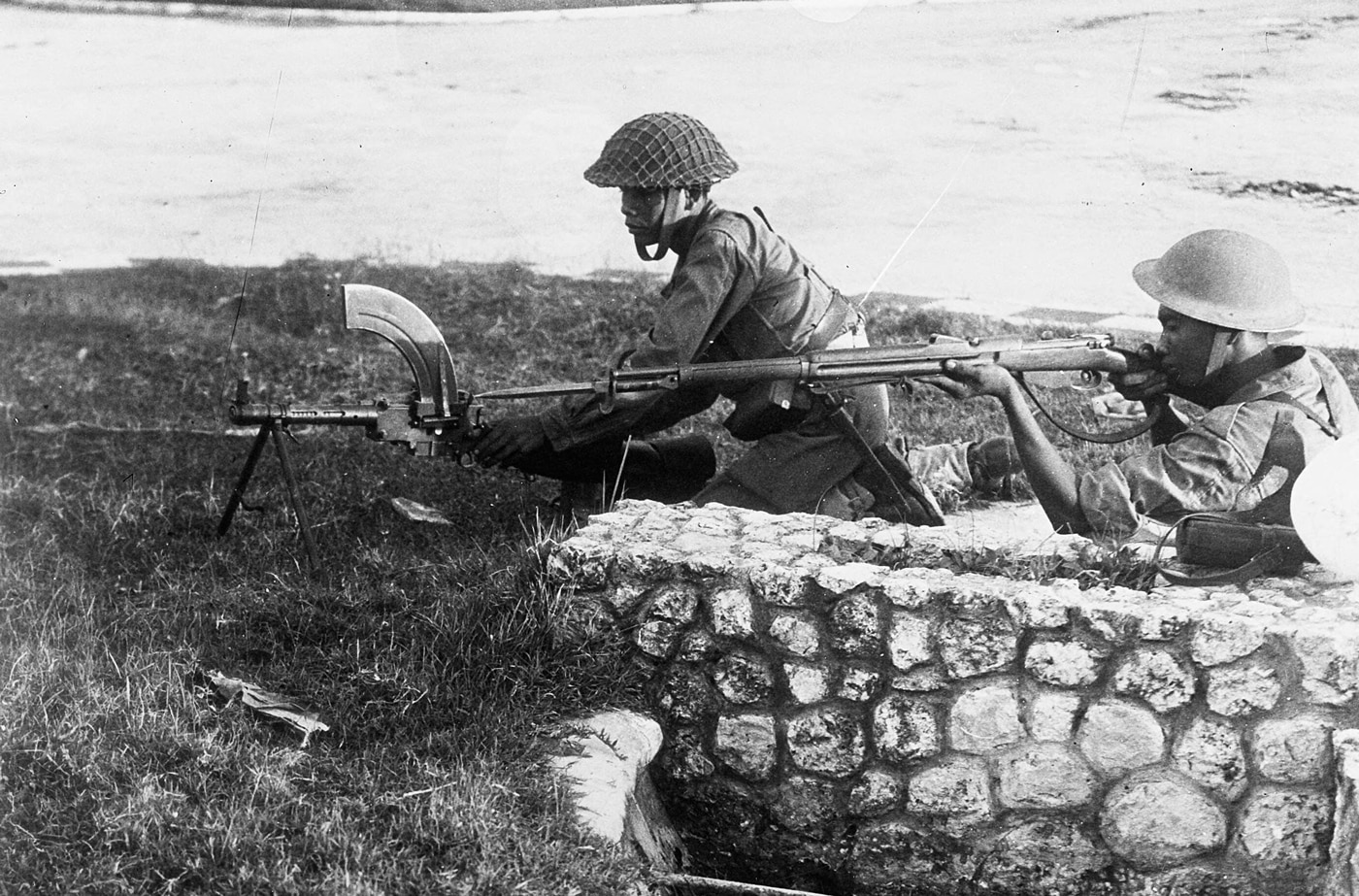
Yet, before those weapons entered service, another firearm proved just as innovative, and it too remained in service for more than a century.
Adopted by the Danish Army in 1902, the 8mm Madsen light machine gun (LMG) was a simple, reliable design that remained in the arsenals of some militaries as recently as a decade ago. It found favor with the armies of more than three dozen nations, with models produced for more than a dozen different calibers, and it saw use in combat on nearly every continent.
In an almost ironic twist, the Danes likely only used it in combat in a six-hour window on a single day in 1940!
Almost Infamous
The Madsen is hardly among the more famous machine guns from history. Though it was pioneering in its design, it was still largely overshadowed by the Maxim, Vickers and Hotchkiss designs. Its basic design had its origins in the Danish Self Loading Rifle Model 1888 — dubbed the Forsøgsrekylgevær (“trial recoil rifle”) — a firearm that featured a top-loading, gravity-feed magazine.
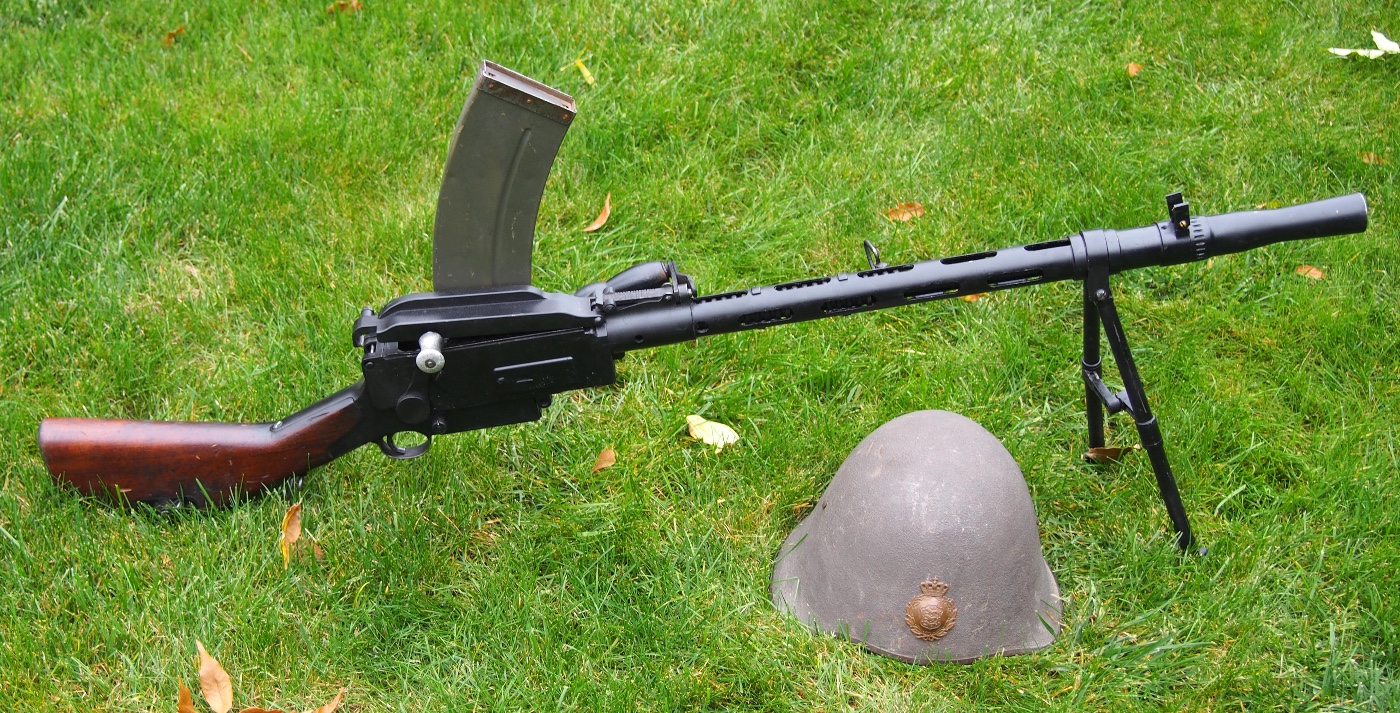
At the helm of that project was Danish Army Captain Vilhelm Herman Oluf Madsen, an artillery officer; and Rustmester Rasmussen, a trained weapons technician. Though their rifle was only a marginal success, it caught the attention of arms designer Theodor Schouboe. He improved upon the design, and he went on to develop a machine gun that initially fired a blackpowder cartridge.
Due to how quickly the powder fouled the action, the design was improved to fire a smokeless powder. It proved highly effective, yet it was also Schouboe’s only successful firearms design. In fact, today his name is little more than a footnote in the history of the inventive firearm.
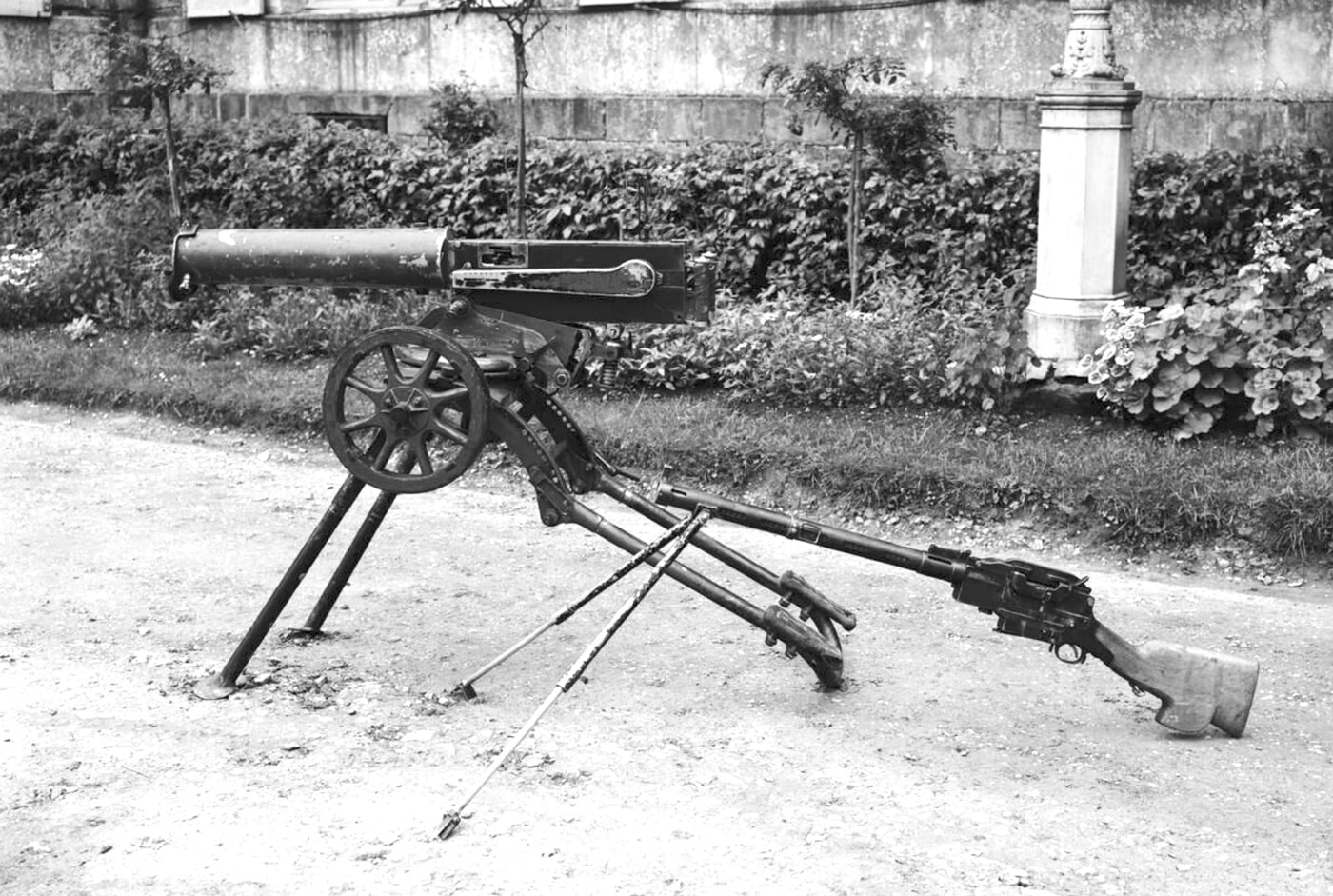
The weapon earned the moniker “Madsen Let Maschingevaer” (Madsen Light Machine Gun) due to the fact that Captain Madsen rose through the ranks to become Denmark’s Minister of War. He was particularly enthusiastic about the weapon, and as its biggest champion he pressed hard for its adoption by the Danish Army in 1902.
Unique Action
The fact that it was an air-cooled light machine gun in an era when most armies were adopting the water-cooled Maxim-style machine guns can’t be overstated. In addition, instead of a bulky tripod, it featured a rifle-style stock and bipod.
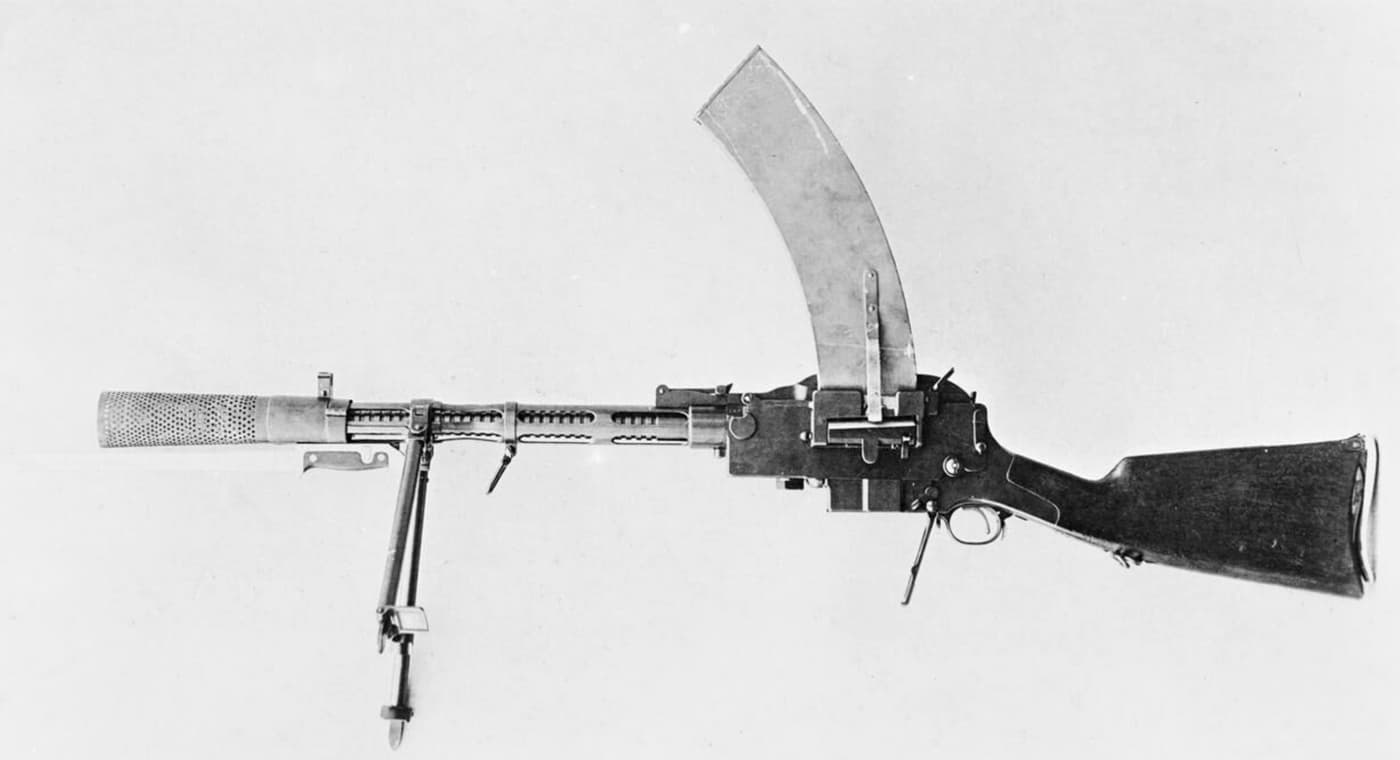
Yet, its mode of operation has garnered much attention from firearms historians. The mechanism of the gun is a mixed recoil-operated locking system with a hinged bolt that is best described as an adaptation of the Peabody Martini breechblock.
The late Ian V. Hogg, noted firearms historian, described the action in his book The Complete Machine-Gun: 1885 to the Present (Phoebus Publishing Company, 1979).
“When a round is fired, the breech block is aligned with the barrel and pins in the front end of the block are riding in the forward end of a groove in the ‘Switch Plate,’ a track cut in the side of the gun body. As the barrel bolt recoil, the pin on the bolt is drawn through the groove on the switch plate, and the angle of the groove lifts the breech block clear of the chamber. A separate extractor, driven by a cam on the barrel now extracts and ejects the cartridge case.”
The barrel and block then move back a fire hammer is cocked and a recoil spring placed under compression — until the rearward movement stops, and the spring then begins to force the moving parts forward. Extraction, feeding and ramming are all performed by separate pieces of the mechanism.
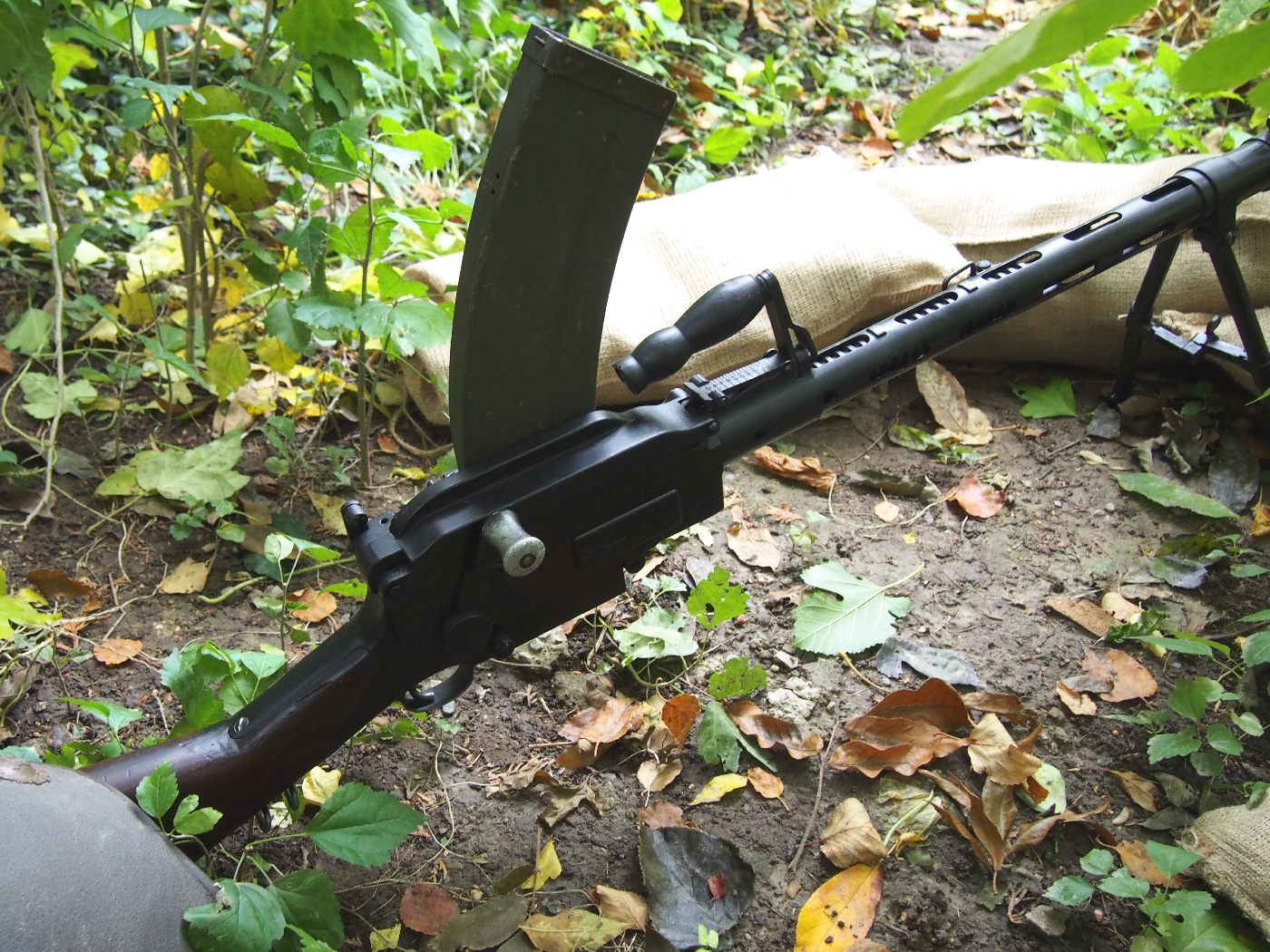
However, the long portion of the recoil system was responsible for the weapon’s low rate of fire of around 450 rounds per minute, and while it is one of the most complicated actions ever devised for a machine gun, it proved reliable. Rimmed cartridges presented minor issues, but rimless cartridges presented few problems — provided good-quality ammunition was used.
It was also the first machine gun to successfully feature a top-loading curved box magazine — a feature that would later be seen on some more famous firearms such as the British Bren Gun and the Japanese Type 96 and Type 99 light machine guns.
The Madsen Goes to War
The Danish Army was the first to formally adopt the Madsen, but it caught the attention of militaries around the world even as it was considered at the time expensive to produce. In total, 34 countries bought the firearm in a dozen different calibers before and during the First World War.
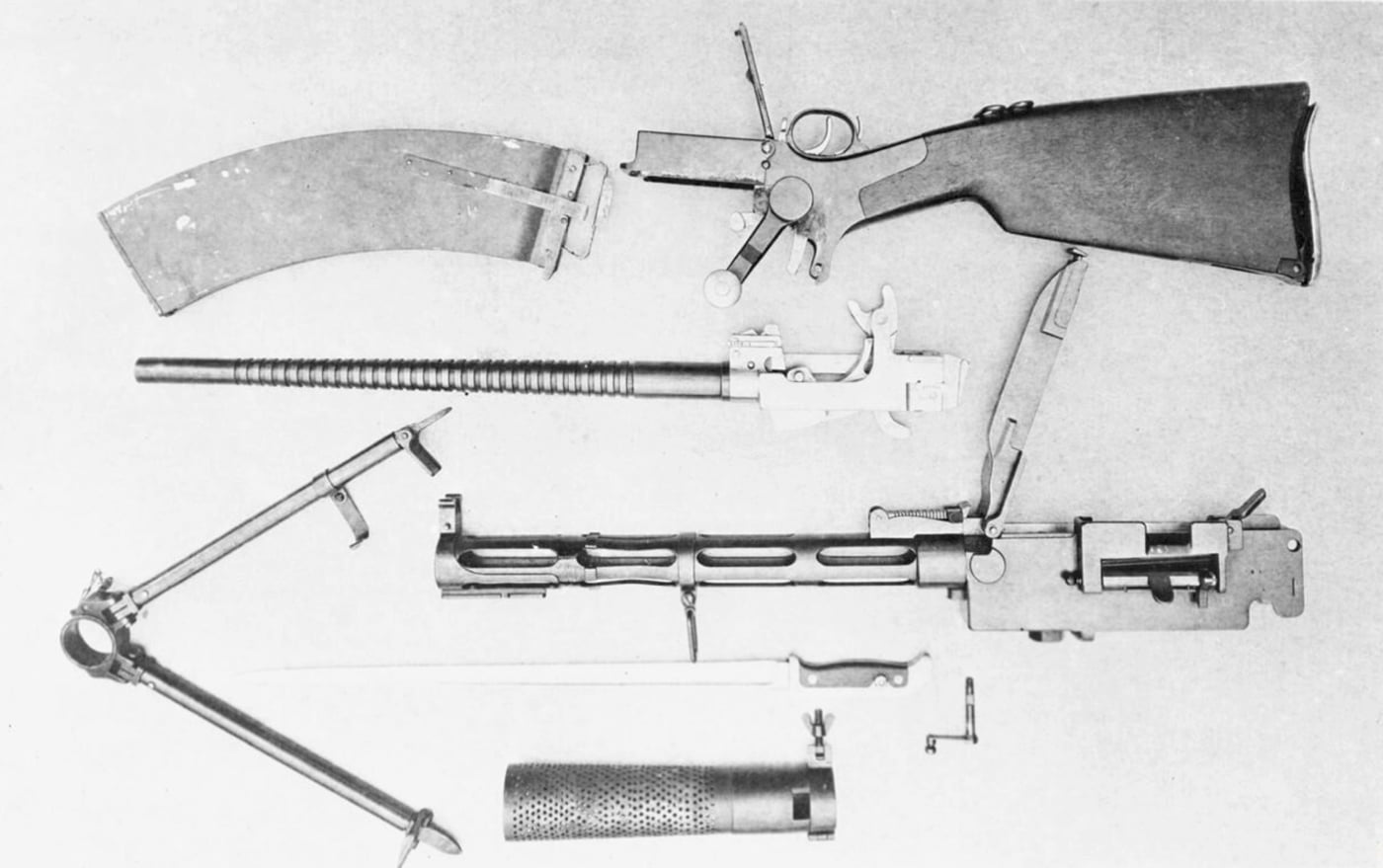
It was the Imperial Russian Army, which had acquired 1,250 for use with cavalry units, which first deployed the light machine guns in combat during the Russo-Japanese War (1904-05). A number were used in the siege of Port Arthur, but because the Russians were largely on the defensive the capabilities of the weapon weren’t fully appreciated.
By the First World War, Germany, France, and the UK all adopted a number of the Madsen LMGs. The German Army formed its first light machine gun unit based on the Madsen, chambered for the 7.82mm cartridge. Those “Musketan Battalions” went into action in the Champagne sector in September 1915 armed with the LMG.
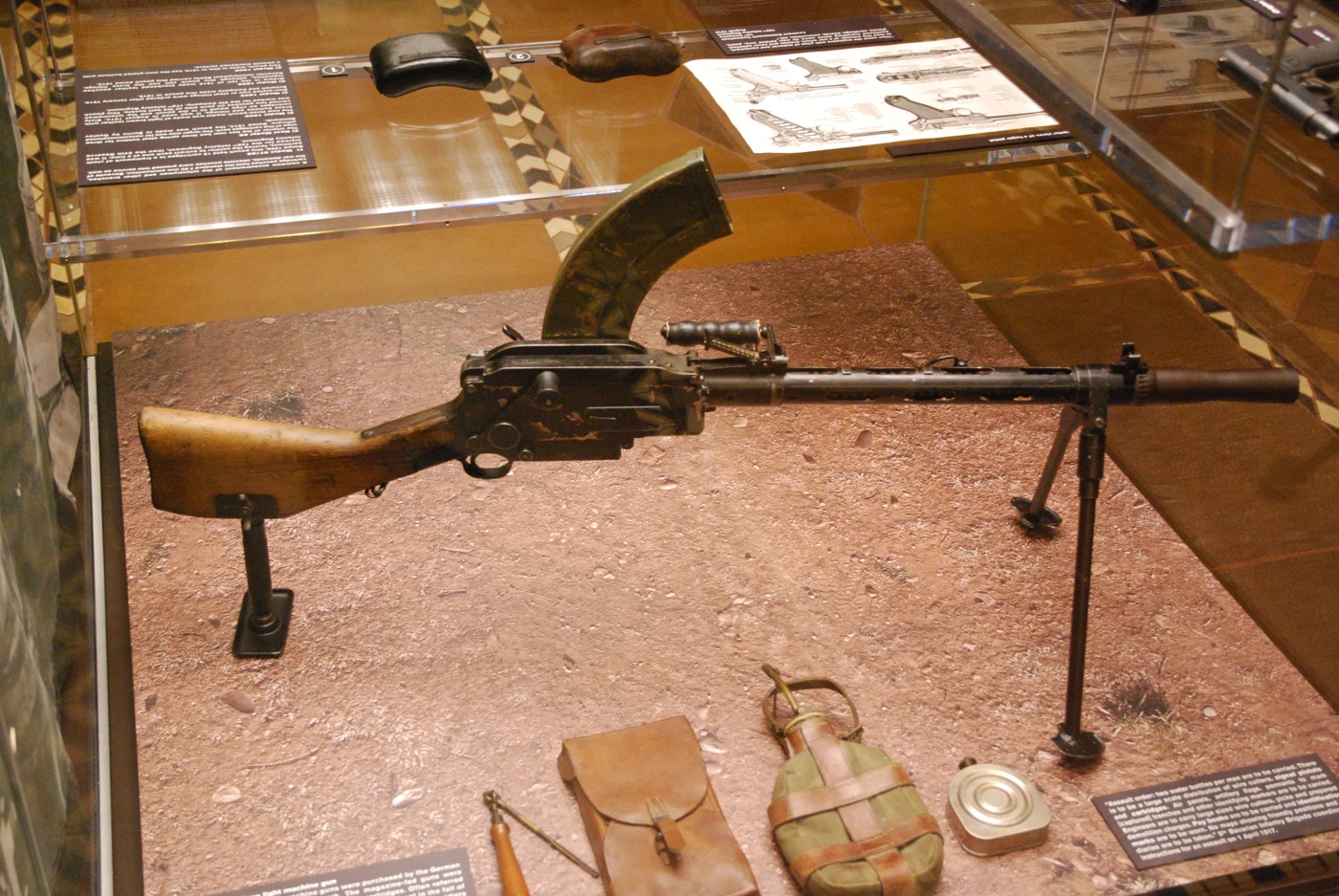
However, it has been suggested that the German Army failed to fully realize the potential of either the Madsen LMG or the unit, as the Battalions were employed in a defensive role and did not demonstrate the advantage of a firearm in an attack. Even when the utility of the LMG became apparent, the Germans ignored the Madsen in favor of the domestically-built MG08/15 — the more “mobile” version of the MG08 water-cooled heavy machine gun — likely bowing to pressure from the German arms industry.
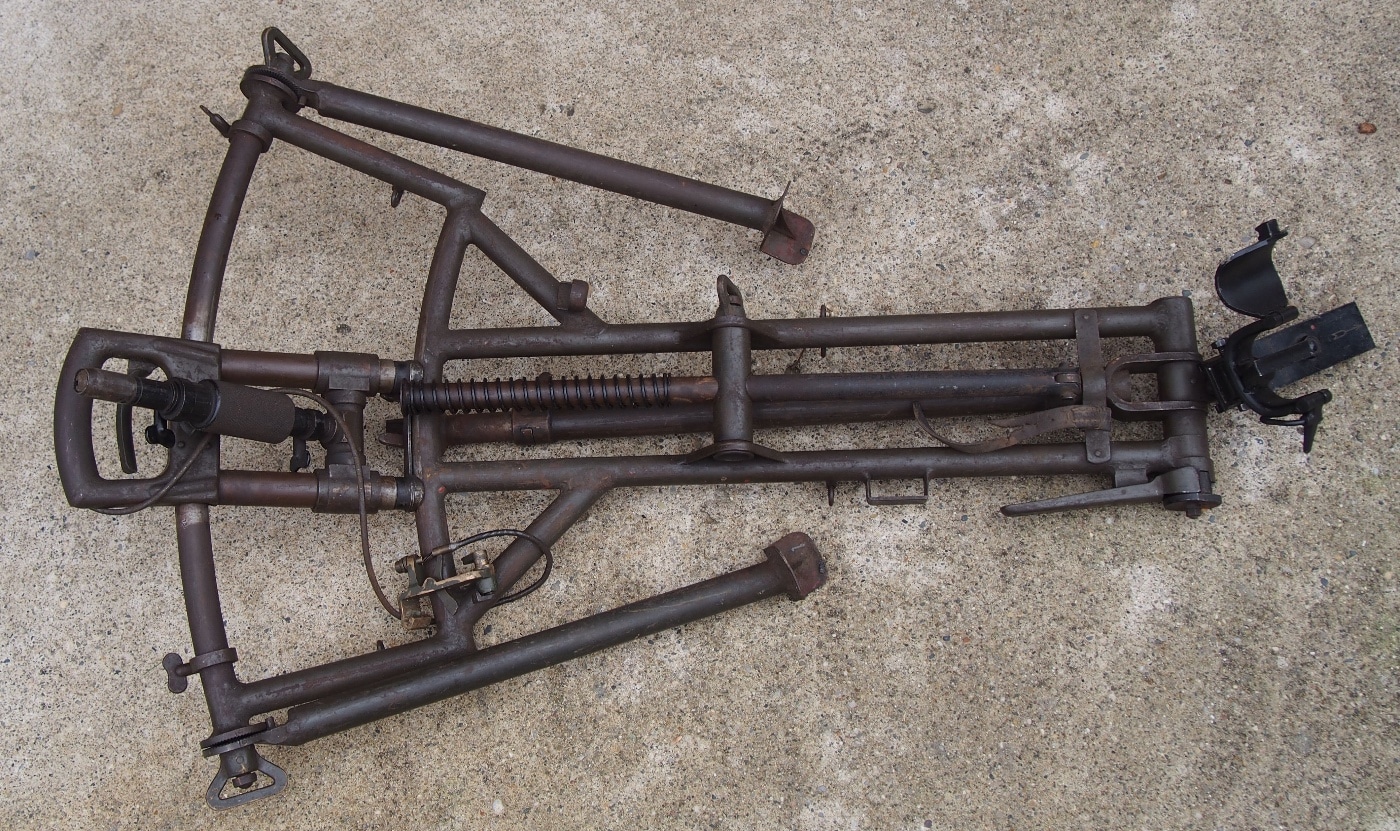
The Imperial Russian Air Service used a number of the Danish machine guns on its Morane-Saulnier G and Morane-Saulnier L monoplanes. However, the open-bolt firing system proved difficult to adapt for use with an interrupter gear to allow it to fire through an aircraft’s propeller. Instead, the weapon had to fire over the propeller — an issue with those monoplanes.
Post WWI to WWII
After the First World War, the Danish weapon continued to make an impact around the world. The Madsen was one of the many firearms to see use on both sides in the Russian Civil War, as well as the Finnish Civil War. It subsequently saw use in the Mexican Revolution, the Chinese Civil Wars of the Warlord Era, and the Rif War in service with the Spanish against Moroccan rebels.
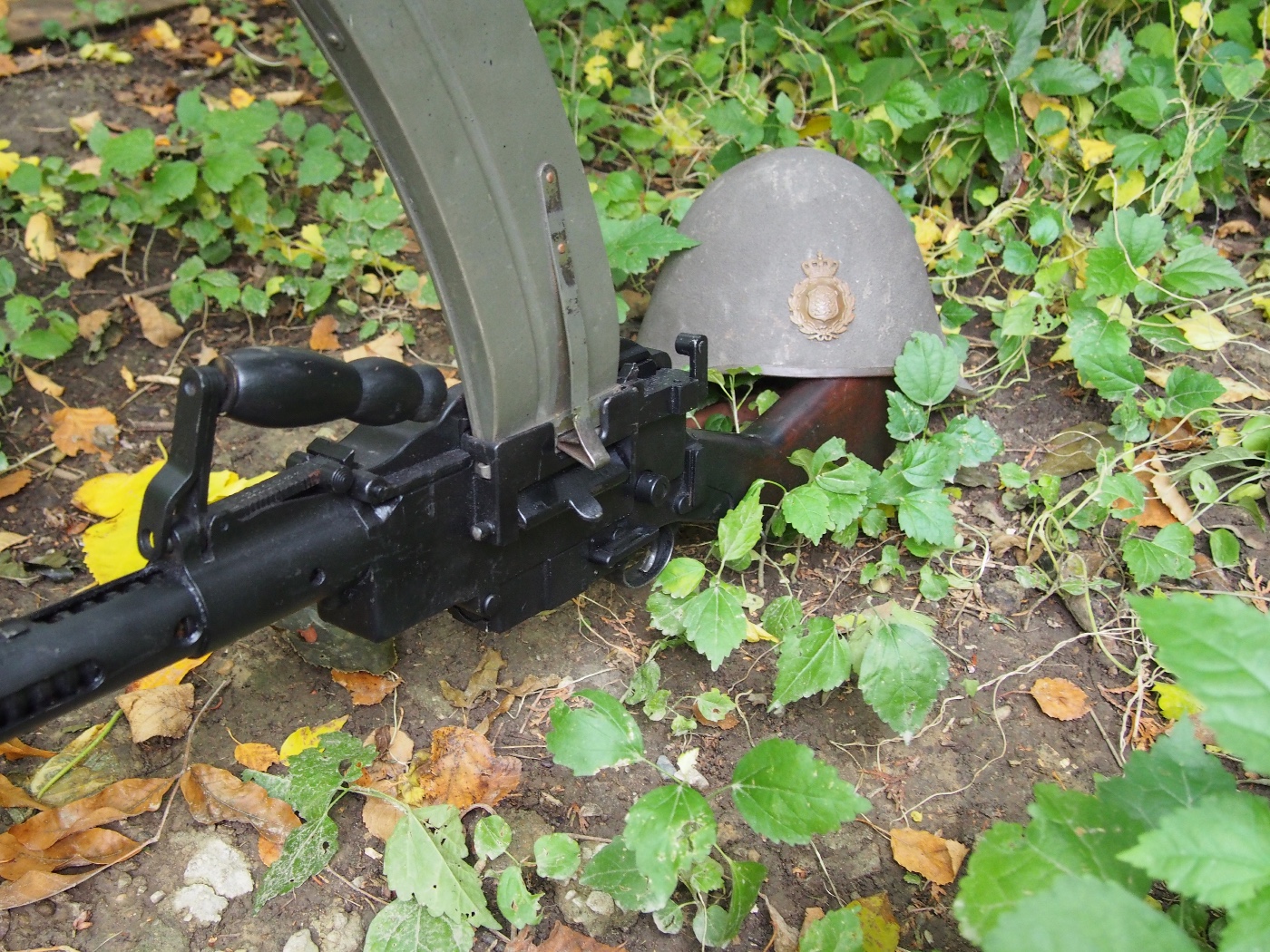
In South America, it was employed by the Brazilian military during the Constitutionalist Revolution, while both Bolivia and Paraguay used the light machine gun. It also was a weapon of choice of the Spanish Republican forces in that nation’s civil war in the late 1930s.
The British-based Rexer Arms Company also manufactured a number of Madsen LMGs, apparently without license, and those were further exported worldwide.
Used for a Day
Interestingly, the Madsen was still in service with the Danish Army on April 9, 1940, when Nazi Germany invaded and began its Blitzkrieg campaign in Western Europe. The six-hour ground assault into Denmark proved to be one of the shortest military operations of the Second World War, but it was also likely the only time that Denmark used its light machine gun in combat.
Norway’s army also employed the Madsen against the Germans in the Norwegian Campaign. Many of the Danish and Norwegian Madsen LMGs were subsequently used by German forces by second-line units, notably throughout the occupied Denmark and Norway.
Aging, but Respected
The Netherlands had been an early adopter of the Madsen, but by the outbreak of the Second World War it had been relegated to units of the Royal Netherlands East Indies Army. It was thus employed against the Imperial Japanese Navy Landing Forces, which captured and then used small numbers of Madsens. As with the captured weapons employed by Nazi Germany, the Japanese forces used those firearms with second-line troops. A greater issue for the Japanese was the supply of ammunition.
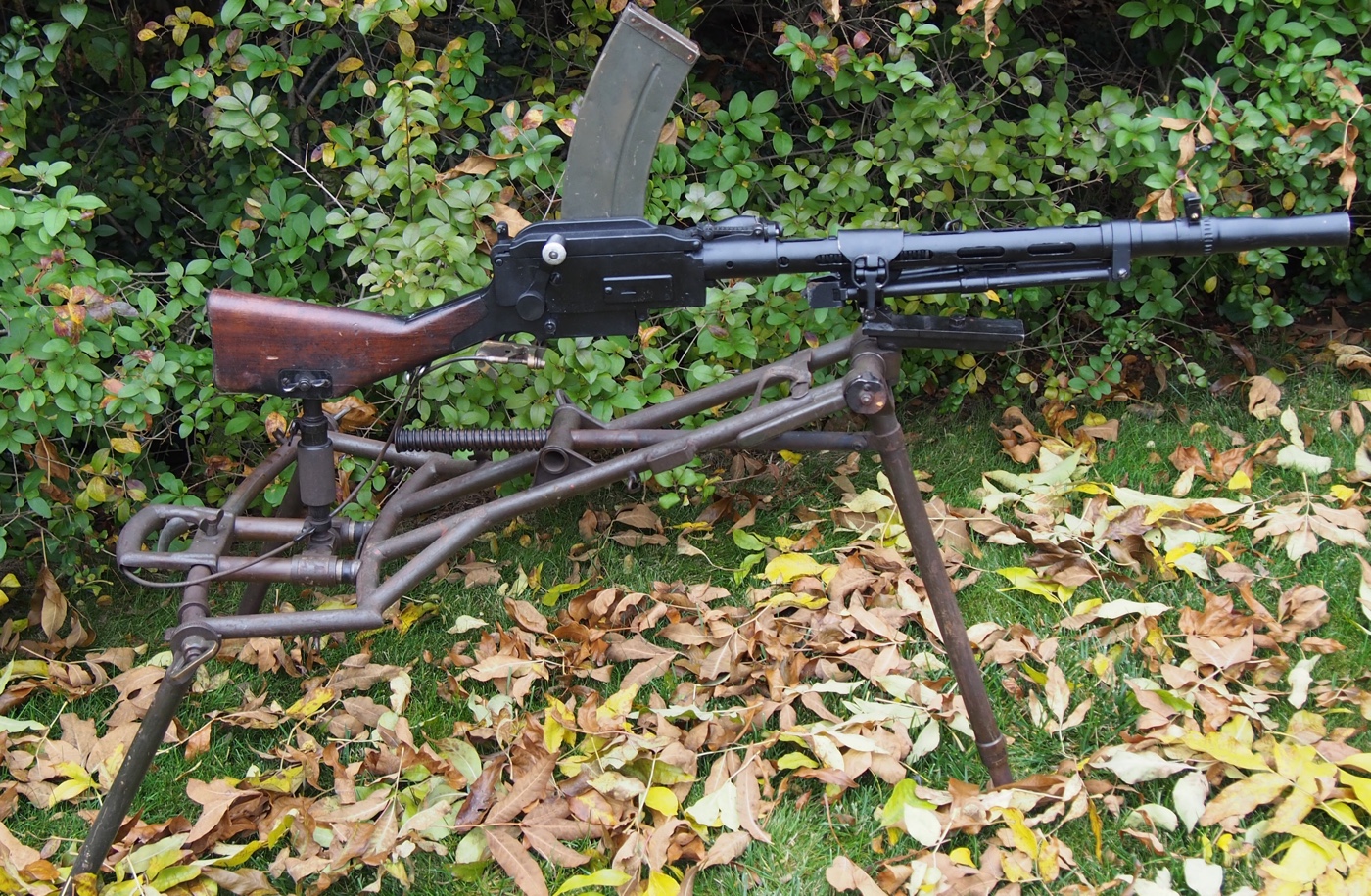
The Japanese also likely faced the weapon in its campaign in China, as the Chinese Nationalists had acquired thousands of the LMGs in the 1920s and 1930s.
Following the Second World War, the Portuguese Army continued to employ the Madsen in its Colonial Wars of the 1960s and 1970s, and it served as the primary armament for its Auto-Metralhadora-Daimler 4×4 Mod.F/64 armored cars. Many of the non-functional “dummy” or “display” guns that have been sold in the United States in recent years are from Portuguese contracts.
The Final Wars of the Madsen
As both El Salvador’s and Honduras’ militaries used the Madsen, it is possible at least a few saw use in the brief Football War (aka the Hundred Hours’ War) that was fought between the two Latin American nations from July 14-18, 1969.
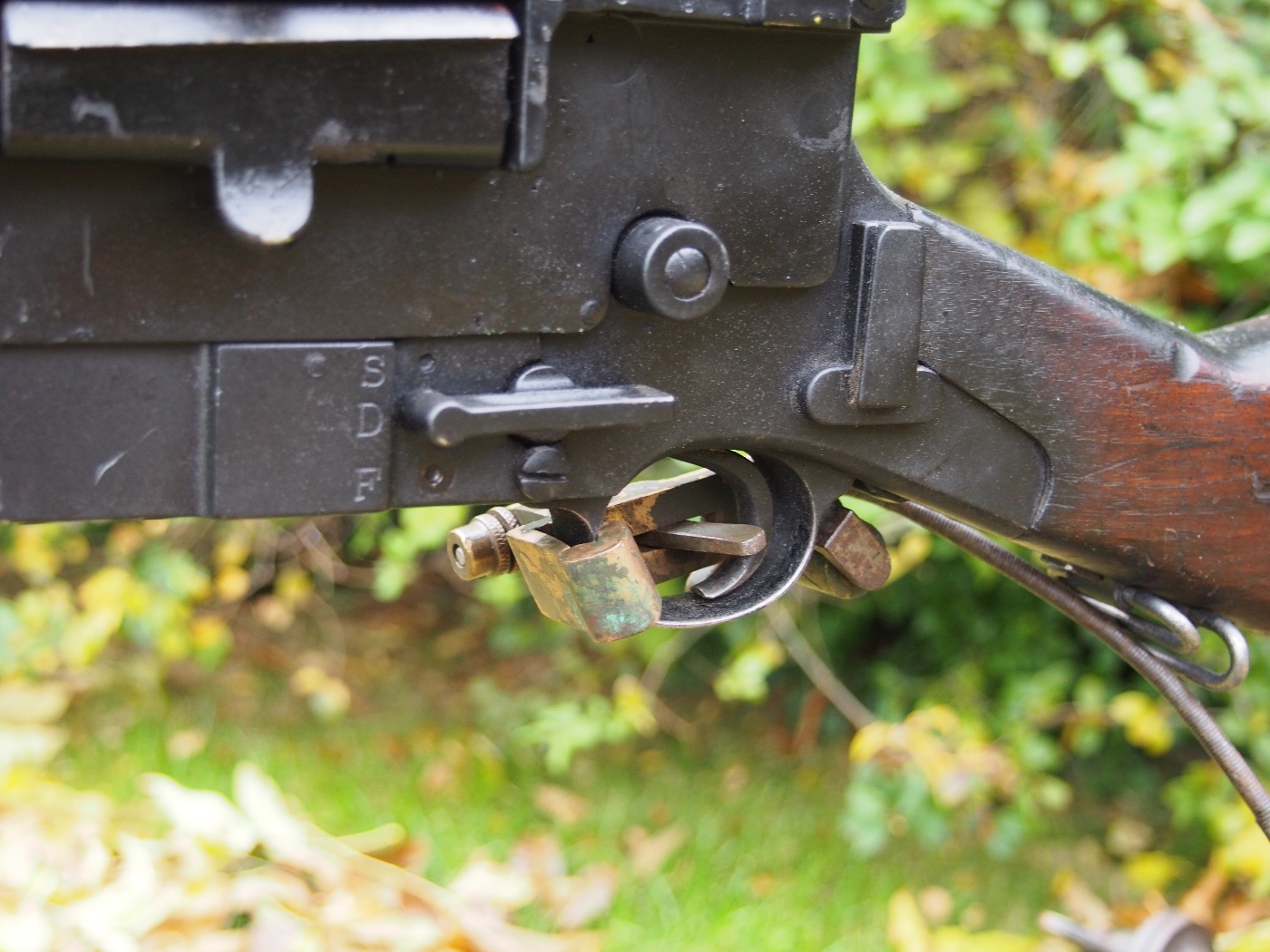
The final use of the Madsen in combat may have been in Brazil, which first adopted the LMG in the 1930s, and continued to issue it to military police units as recently as 2018. It had been favored for its reliability and intimidating sound due to its unique action, and it was used initially against “cangaceiros” bandit groups in the country’s northeast and more recently against drug traffickers.
The Madsen Tripod
Any spotlight on the Danish LMG would be incomplete without a mention of its tripod. The Madsen was developed as a light machine gun, but in many ways went on to become a proto-general purpose machine gun as it could be employed on the unique tripod that was developed during the inter-war era.
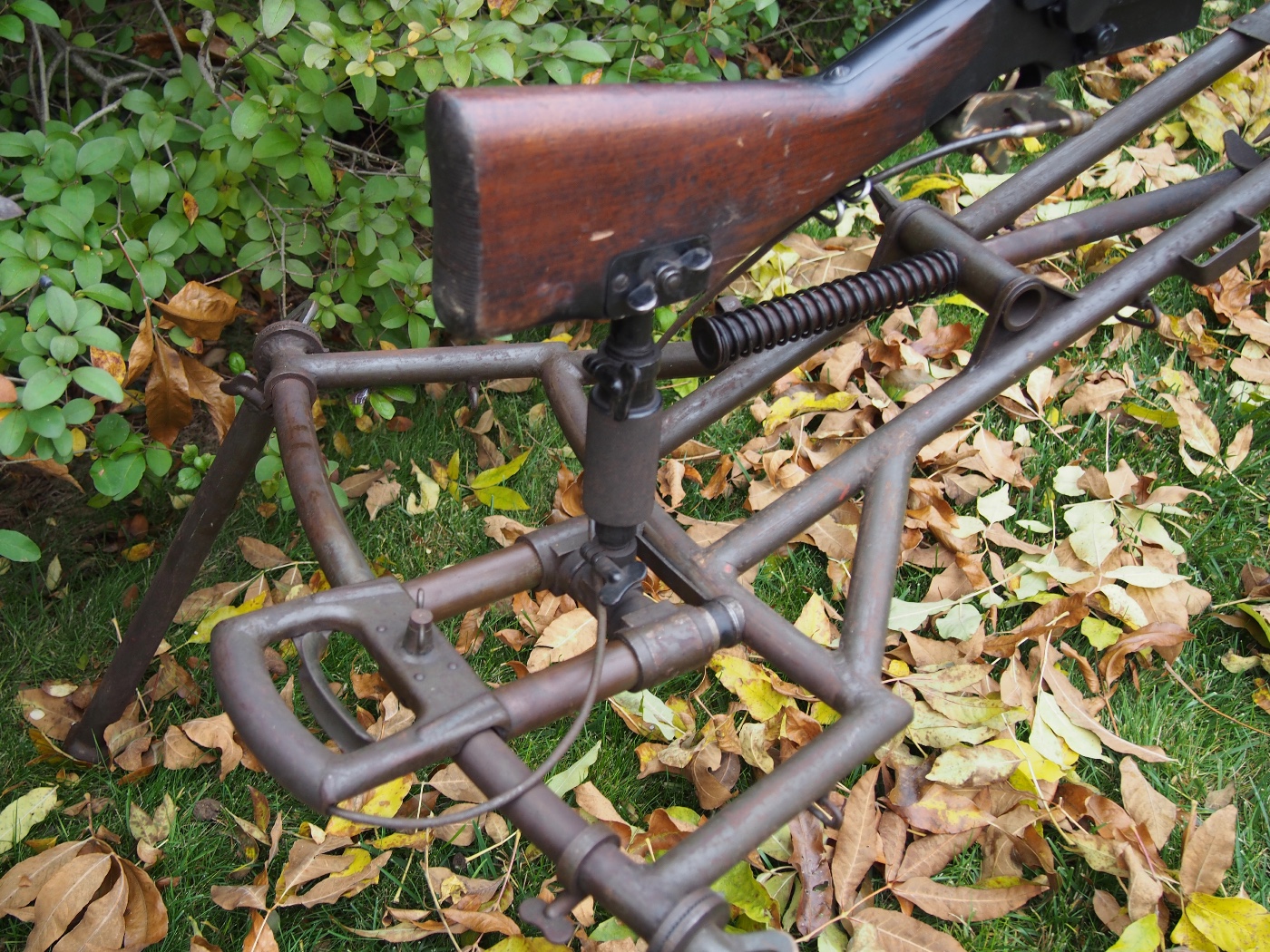
It was the first machine gun mount to incorporate “soft recoil” that greatly reduced or even eliminated the effect of the firearm’s recoil on accuracy. It allowed the weapon to recoil straight back against a spring that returned the LMG to its original position, while it also enabled the weapon to be fired via a remote trigger. These features were copied by the Germans with the MG34/MG42 “Lafette” tripods.
The Madsen tripods mainly saw use with Danish forces but were “adopted” for use by the German military during World War II, while Portugal also acquired a number for use in its fortified positions in its African colonies.
Legacy of the Madsen
The Madsen light machine gun is a weapon that is more than 120 years old, and yet it has been rarely seen in popular culture — appearing in fewer than a dozen movies. It stood in for the Japanese Type 99 in at least a few films, but it had a nearly “starring role” in the 2015 Danish film April 9, which chronicled the aforementioned events of April 9, 1940, German invasion of Denmark.
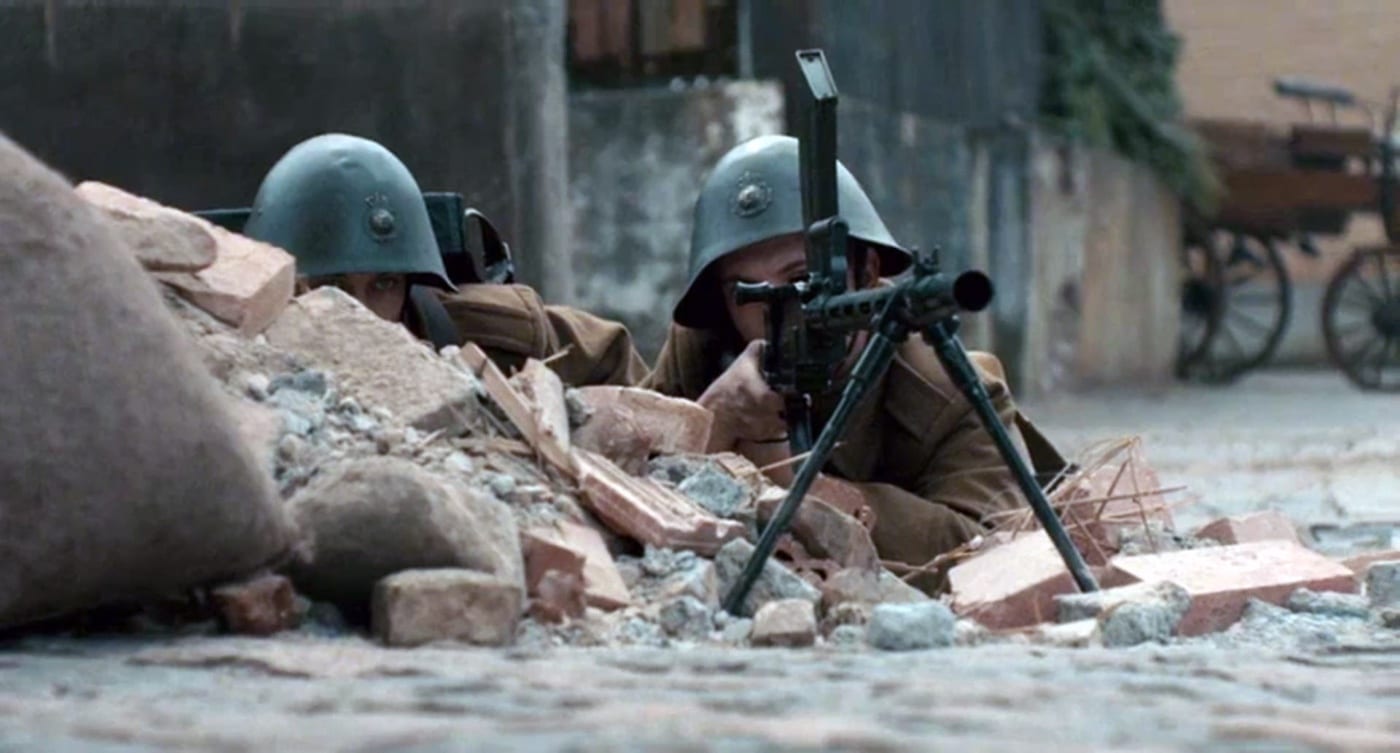
It was an innovative firearm that featured a unique action that was seen in no other firearm. And while it was overshadowed by other small arms throughout the past century, it is a weapon that was reliable — seeing service around the globe.
Editor’s Note: Be sure to check out The Armory Life Forum, where you can comment about our daily articles, as well as just talk guns and gear. Click the “Go To Forum Thread” link below to jump in!
Join the Discussion
Continue Reading
Did you enjoy this article?

 74
74








